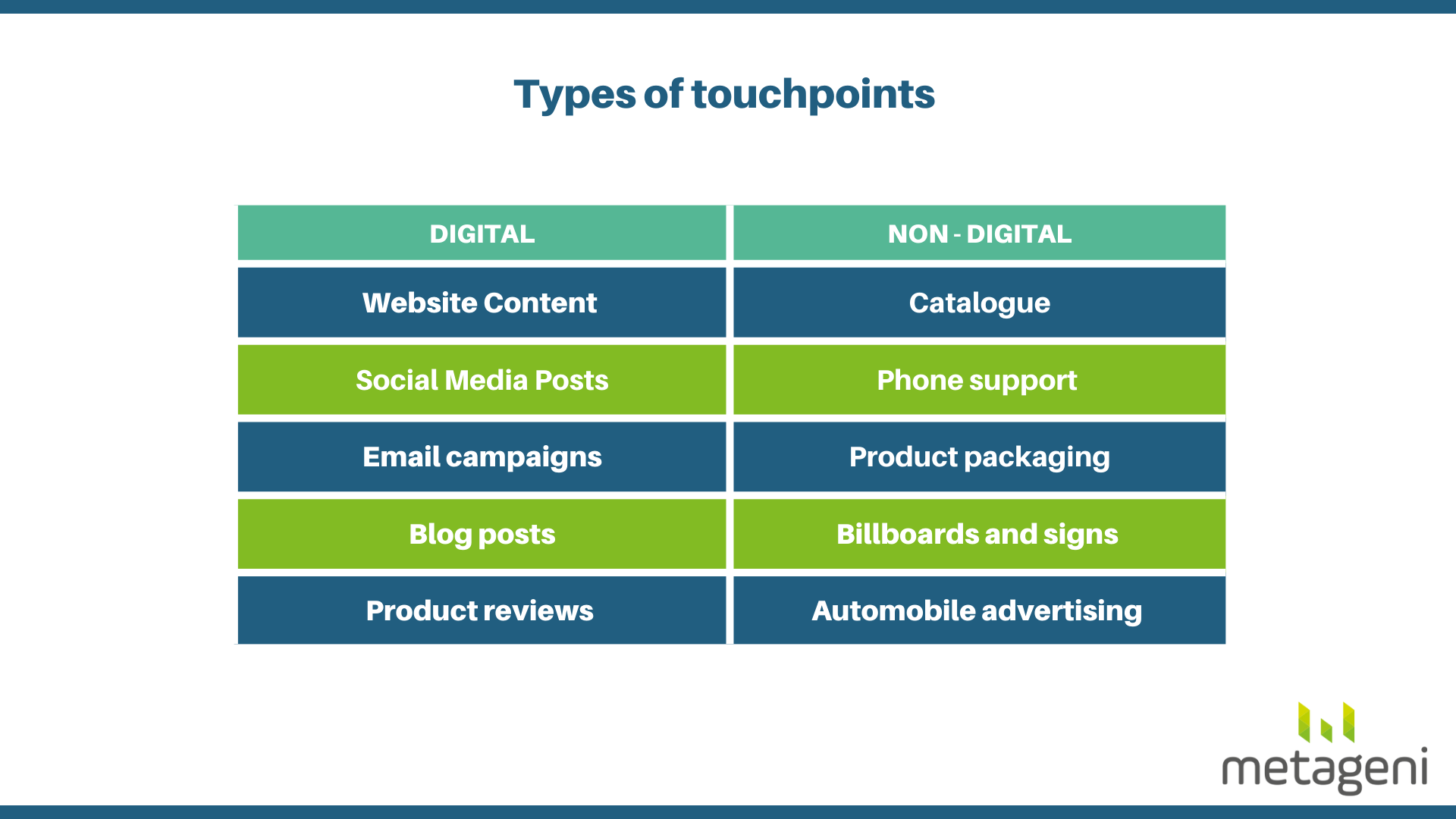Choosing The Right Attribution Model
In marketing, it is essential to know which channels and campaigns are most effective and how they influence customers’ behaviour. Multi-touch attribution addresses this by assigning a value to each and every marketing touch point in the digital journey to sale. A data-driven approach to attribution which is adapted to a particular business and their customers, provides the most accurate insights to identify what is driving a purchase, so they can optimise their marketing budget. Leveraging machine learning alongside data-driven measurement, allows companies to obtain faster, more accurate predictions. At the same time measuring users’ interactions and touchpoints provides a clear picture of customer behaviour across different marketing platforms which can be used to better understand the process of awareness, consideration and purchase. When implemented effectively, brands can determine precisely which marketing channels and user interactions have the most impact on customer behaviour. With this insight into consumer behaviour and the patterns that evolve, businesses can build pragmatic data driven strategies that work and adapt and adjust the ones that are not contributing to sales.
Multi-Touch Customer Journey
There are many ways to understand your customer journey, and these can be used to compliment each other for a complete picture. Customer analytics, segmentation and attribution provide granular insight into the customer journey and can help measure the relationship between different customer touchpoints. Journey mapping the user experience is a complementary qualitative approach that identifies and differentiates a variety of customer personas each with different types of journey, and this can be a useful reference for developing and interpreting customer journey analytics. The journey map blueprint includes touchpoints and experiences with the goal of improving those experiences. A touchpoint is any interaction that a potential customer connects with an organisation, either before, during, or after they make a purchase. Some examples of touchpoints include interactions with the company, such as a search-driven site visit, an online chat or forum, as well as one-way communication, such as viewing a webpage or advertisement. Each touchpoint can take place over multiple channels which can add complexity to unpicking the cross-device attribution problem.
The chart above demonstrates and acknowledges different touch points along the journey are both digital and non-digital.
Marketing Attribution Models
With regards to analysing and optimising different touchpoints, there are several different attribution models companies can use. Common ‘Position-Based’ models attribute the most value to the first or last touchpoints. The First Touch attribution model credits the conversion to the very first touchpoint, or the first-ever engagement of the customer with your business. This can be thought of as the introducing or discovery touch point. So First Touch can help you understand the effectiveness of a top of funnel marketing strategy. However, because this model completely ignores the important later touchpoints, it is best to use the model for focussing on short run customer acquisition strategies.
The Last Click attribution model gives credit to the last touchpoint in the user journey before the conversion occurred, and for years has been the default for all digital marketing measurement. Naturally this model will undervalue your top-funnel campaigns. Therefore, it is best used for bottom-funnel performance campaigns, where you expect marketing to close the sale and ensure the conversions happen sooner rather than later. For example, a personalised email with an offer or discount should perform well on a last-click view.
Linear attribution models are a type of positional model that accounts for every customer interaction with your business, giving each interaction an equal weight or credit. This model can be used, when your marketing mix efforts are quite equal in terms of its objectives; the downside is that each touchpoint will be given an equal credit which does not always represent the true picture of the value they are driving.
While these models are useful for understanding how your marketing is working, they do not measure which touchpoints actually have the most influence on the customer. Position-Based models arbitrarily define which of these touchpoints contributed to the purchase, with no validated basis in statistical or data science methods. A custom, data-driven model tests influence and gives credit to the most valuable touchpoints on the customer’s journey. Having the right data combined with the right attribution methodology is crucial to pinpointing exactly what the true path to sale is along with the full consideration to what marketing channel is most effective. By increasing accuracy, custom data-driven attribution improves marketing results and has a higher Return on Investment (ROI) than other approaches.
There is much more awareness of data-driven attribution today than ever before, thanks in part to the release of Google’s data-driven attribution in Google Analytics and other platforms. These models are a great way to move beyond the limitations of baked in last click attribution. However, those with more experience in the field understand that not all data-driven models are the same – far from it in fact. With Google, a standardised black-box data driven model is applied to their default channel groups, and automatically applied to the last four touch points before sale. Definitely an improvement, but without any objective measure of accuracy, such as predictive accuracy, brands with larger online budgets are advised to develop more comprehensive data driven models of their own.
Conclusion
Positional attribution models, and off the shelf data driven models, like customer journey mapping, are all tools for greater understanding of the customer journey and for developing strategies that work throughout the marketing funnel. However, for a definitive picture of ROI for optimisation, the very best attribution model for you is one which is custom built for your brand and your customers , based on your own data, and adapted to your business. That is because a customised model built according to specifics of your user journey has the best chance to accurately measure and understand what marketing drives what ROI.
Understanding the customer journey and large volumes of user-level data may seem intimidating, but predictive machine learning which underpins artificial intelligence (AI) is paving the way for ever smarter marketing decisions. Understanding where limitations lie in your current attribution system can highlight the value of more accurate measurement. A solution for businesses facing these challenges is to work on their own first party data with the aim to deepen customer analytics and ultimately predict what activities will drive the most value in future.
Get in touch with us for expert advice!
Thanks for reading – we hope you learned something through this high-level tour of marketing effectiveness methods. If you want to learn more about expert data analytics using AI, or are interested in how Metageni can help you use your data to grow online, then do get in touch with us: hello@metageni.com
Metageni Team
Does this article resonate with you? Check out other posts to the right of this page.
Can we help unlock the value of your analytics and marketing data?
Metageni is a London UK based marketing analytics and optimisation company offering support for developing in-house capabilities.
Please email us at hello@metageni.com














